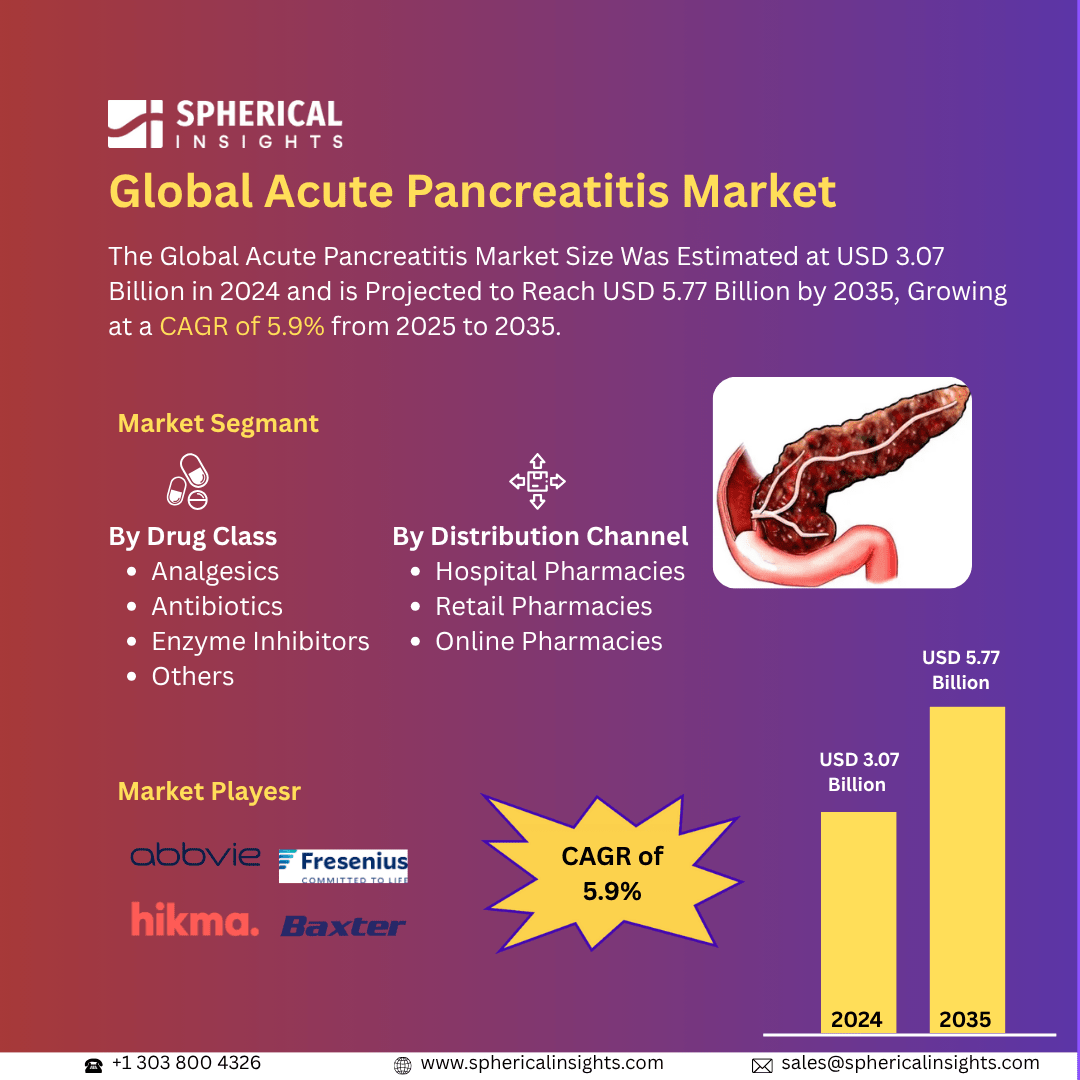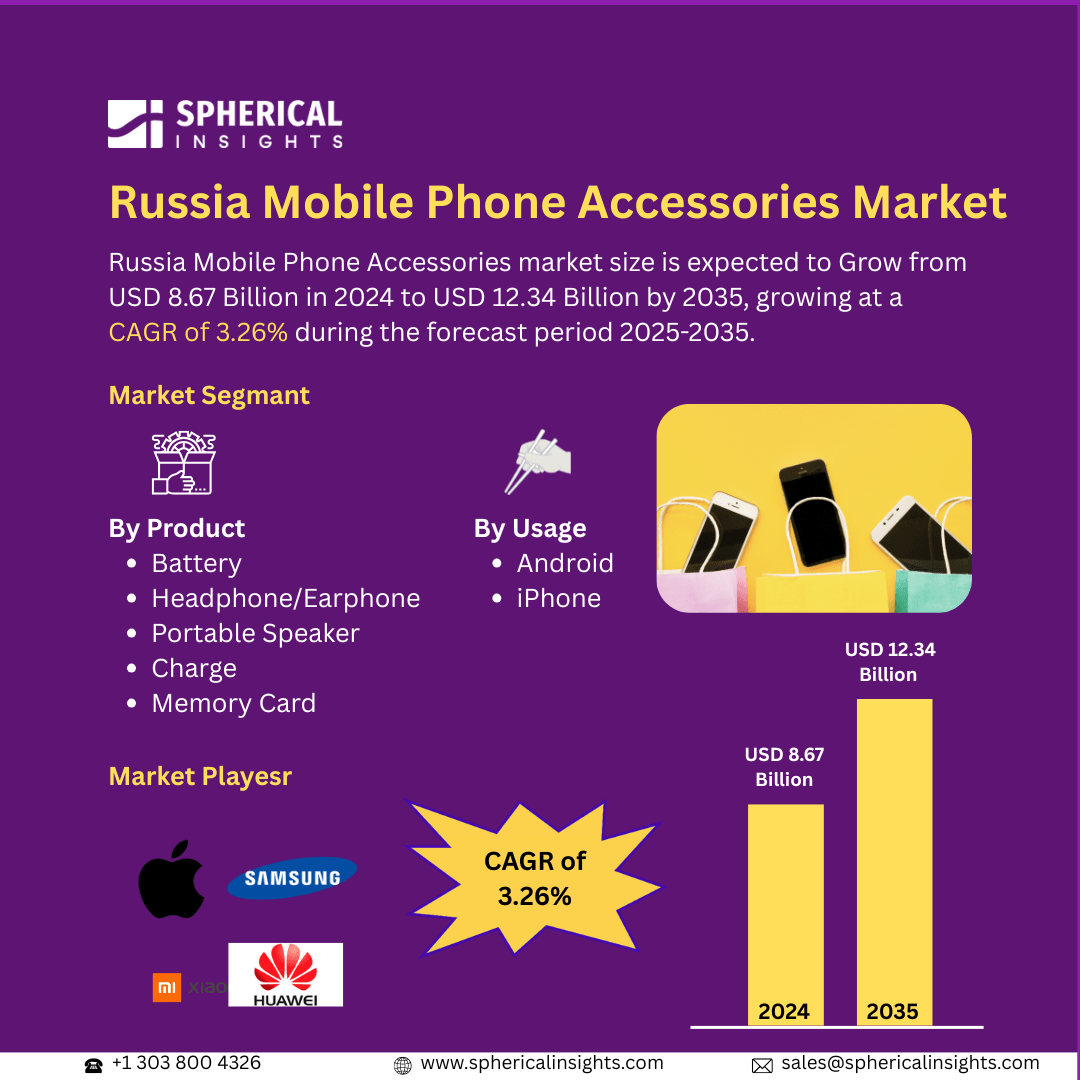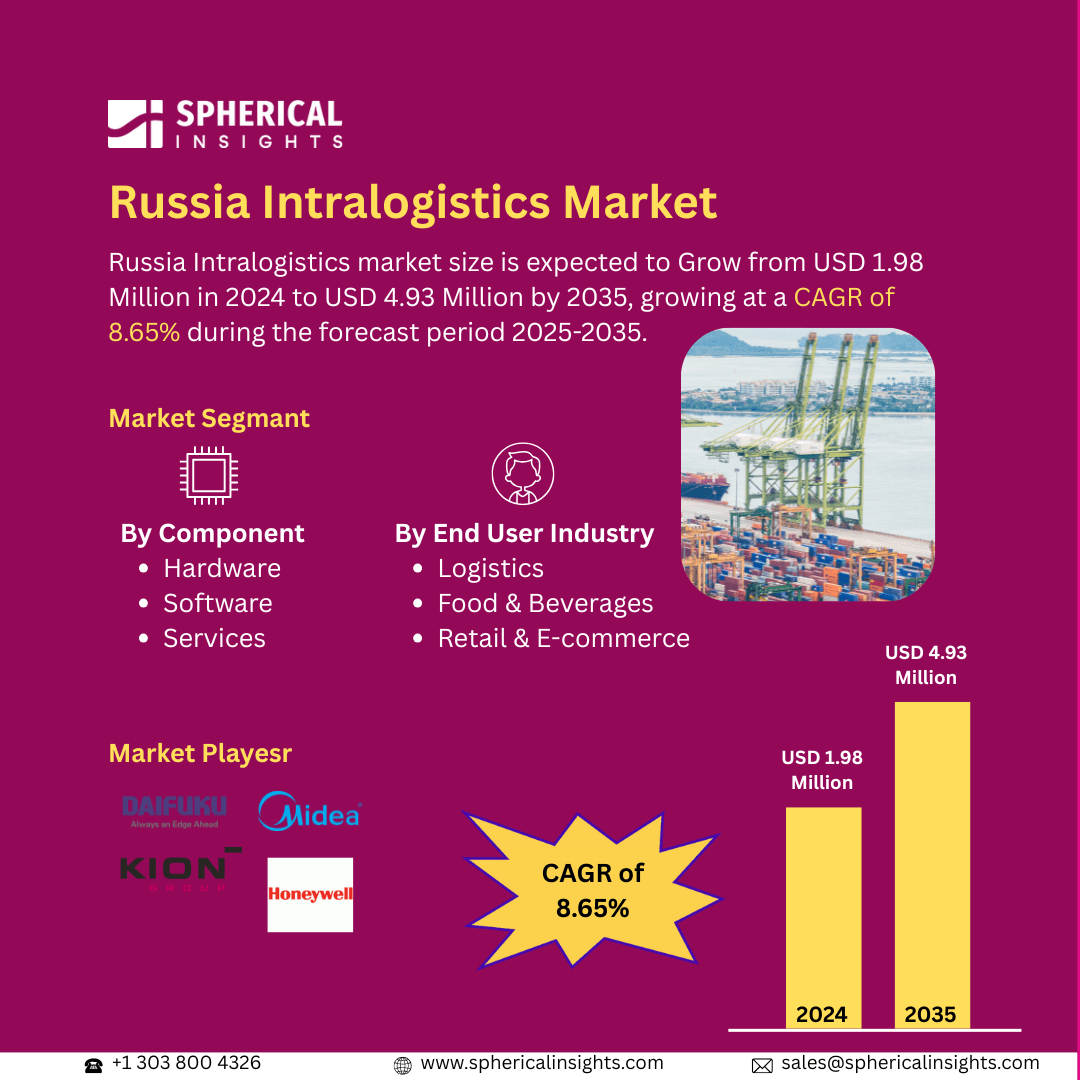Acute Pancreatitis Market Summary
The Global Acute Pancreatitis Market Size Was Estimated at USD 3.07 Billion in 2024 and is Projected to Reach USD 5.77 Billion by 2035, Growing at a CAGR of 5.9% from 2025 to 2035. The market for acute pancreatitis is growing due to factors such as increased alcohol consumption, the prevalence of gallstones and obesity, improvements in diagnostic imaging and treatment options, improvements in access to emergency and critical care services, and an expanding healthcare infrastructure.
Key Regional and Segment-Wise Insights
- In 2024, the North American acute pancreatitis market held the largest revenue share of 41.3% and dominated the global market.
- In 2024, the antibiotics segment held the highest revenue share of 51.6% and dominated the global market by drug class.
- With the biggest revenue share of 59.2% in 2024, the hospital pharmacies segment led the worldwide acute pancreatitis market by distribution channel.
Global Market Forecast and Revenue Outlook
- 2024 Market Size: USD 3.07 Billion
- 2035 Projected Market Size: USD 5.77 Billion
- CAGR (2025-2035): 5.9%
- North America: Largest market in 2024
- Asia Pacific: Fastest growing market
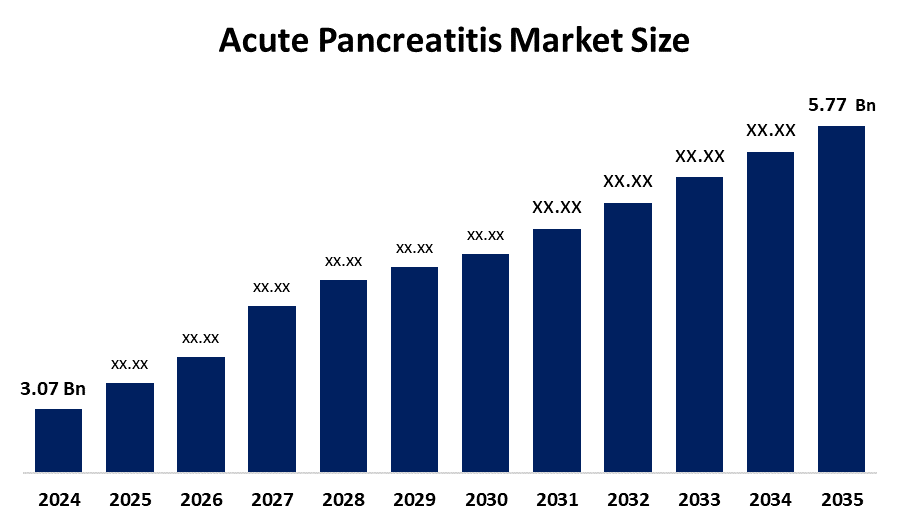
The market for acute pancreatitis consists of products, services, and treatments which diagnose and treat and prevent pancreatic inflammation caused by gallstones, alcoholism, infections, and metabolic diseases. The medical emergency acute pancreatitis requires immediate diagnosis and urgent medical intervention because it can lead to death. The worldwide increase in lifestyle-related diseases such as obesity, gallbladder disorders, and hypertriglyceridemia drives market growth. The market growth stems from a better understanding of pancreatic disorders, together with changing eating habits and increased alcohol consumption. The market continues to grow because of specialised treatment options and advanced imaging techniques, which enable earlier detection. This results in better patient results.
The market for acute pancreatitis undergoes major changes because of technological progress in the field. Endoscopic ultrasonography (EUS) and magnetic resonance cholangiopancreatography (MRCP), together with minimally invasive therapeutic procedures, represent diagnostic imaging advancements which enhance disease management. They reduce complications. The development of new biomarkers, together with targeted drug treatments, leads to better diagnostic precision and improved treatment outcomes. The global market for acute pancreatitis grows because governments allocate funds to research and build healthcare facilities, while they run awareness programs to improve patient treatment and detection rates.
Drug Class insights
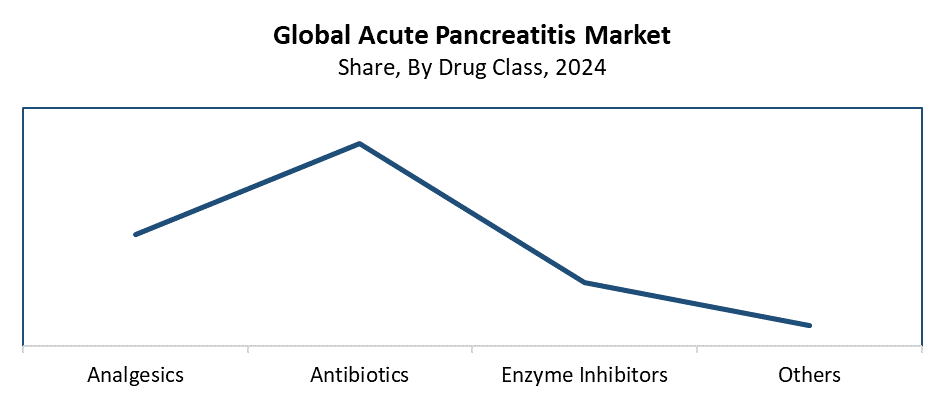
The antibiotics segment led the acute pancreatitis market by holding the largest revenue share of 51.6% for 2024. The main cause of this dominance is the extensive use of antibiotics to treat infectious side effects, including sepsis and pancreatic necrosis, that are linked to severe acute pancreatitis. The demand for antibiotics continues to rise because hospitalised patients now face more bacterial infections, while doctors seek broad-spectrum antibiotics to prevent secondary infections. The segment maintains its strong market standing because intravenous antibiotic therapy becomes more available, while antimicrobial formulations advance, and healthcare providers gain a better understanding of early infection control. The worldwide market dominance of this segment continues because doctors maintain their practice of using antibiotics as the main treatment for pancreatitis.
The analgesics segment of the acute pancreatitis market is expected to grow at the fastest CAGR over the forecasted period. The market expansion occurs because abdominal pain represents the most severe and disabling symptom of acute pancreatitis. This drives demand for successful pain relief solutions. Healthcare providers now choose opioid and non-opioid analgesics because they understand these medications deliver superior patient comfort and enhance treatment results. The combination of long-acting and personalised analgesic formulations with multimodal pain management approaches has led to better treatment results. The global analgesics market experiences rapid expansion because acute pancreatitis cases are rising, while healthcare providers aim to reduce hospital stays and medical complications.
Distribution Channel Insights
The hospital pharmacies segment led the acute pancreatitis market with the largest revenue share of 59.2% in 2024. The main reason for this dominance emerges from the high number of acute pancreatitis patients who need hospital stays and intensive care while requiring immediate medication access. The hospital pharmacies stock antibiotics, analgesics, and supportive medicines, which allows for fast delivery of medical care to patients. The segment experiences growth because hospitals receive more patients. They spend more money on facility development, and people choose to get their serious medical care inside hospitals. The worldwide acute pancreatitis market depends on hospital pharmacies as its main distribution channel because pharmaceutical companies maintain strong partnerships with hospital networks and operate efficient supply chains.
The online pharmacies segment of the acute pancreatitis market is expected to grow at the fastest rate throughout the forecast period. Patients now have quick and simple access to prescription drugs and supportive therapy, antibiotics, and analgesics through digital healthcare solutions and e-commerce platforms. The category continues to grow because patients who live far away or have mobility challenges choose home delivery services. The market experiences quick acceptance because of technological advancements in secure online payment systems, prescription management, telemedicine platform integration, and growing public awareness about online pharmacy operations. The international growth of this market continues because online pharmacies provide easy access to healthcare services that match the current shift toward patient-centred care.
Regional Insights
The acute pancreatitis market in North America leads the global market with the largest revenue share of 41.3% in 2024. The growing number of pancreatitis cases, together with increasing obesity rates, alcohol consumption, and the widespread presence of modern healthcare systems, drives this market dominance. The region benefits from early adoption of modern diagnostic tools, minimally invasive treatment options, and proven therapeutic methods. The market continues to grow because of strong healthcare spending, beneficial reimbursement systems, and active research and development programs. North America maintains its leadership position in the global market because of its leading hospitals and pharmaceutical companies, and its expanding recognition of acute pancreatitis detection and treatment needs. The ongoing strength of clinical practices, together with technological progress, maintains the current position of regional control.
Europe Acute Pancreatitis Market Trends
The European acute pancreatitis market experiences substantial growth because the disease frequency continues to rise, and lifestyle elements such as obesity and alcohol consumption play a role, and public knowledge about early diagnosis and treatment effectiveness grows. The three nations, Germany, the United Kingdom, and France, maintain their position as leading healthcare providers because they established advanced medical systems which deliver top diagnostic and treatment solutions. The market growth continues to rise because minimally invasive procedures become more common, patients gain better access to painkillers and antibiotics, and medical care centres put patients first. The European acute pancreatitis market experiences strong growth because government programs support treatment, and reimbursement systems work well. Medical research advances in pancreatic disease care.
Asia Pacific Acute Pancreatitis Market Trends
The Asia Pacific acute pancreatitis market is expected to grow at the fastest CAGR during the forecast period because of rising pancreatitis cases and increasing alcohol consumption, and expanding occurrences of obesity and gallstone diseases. The market expansion results from rapid healthcare infrastructure growth and hospital network expansion, together with increasing healthcare expenses in China, India, and Japan. The medical field has enhanced patient care access through minimally invasive treatments and modern diagnostic imaging, and essential drug availability, including analgesics and antibiotics. The Asia Pacific region experiences fast expansion because of increased research funding and government initiatives for pancreatic disease treatment and better early detection awareness. This makes it a rapidly growing market.
Key Acute Pancreatitis Companies:
The following are the leading companies in the acute pancreatitis market. These companies collectively hold the largest market share and dictate industry trends.
- AbbVie Inc.
- Hikma Pharmaceuticals PLC
- Fresenius SE & Co. KGaA
- Baxter International Inc.
- Merck & Co., Inc.
- Novartis AG
- Lilly USA, LLC
- Johnson & Johnson
- Bayer AG
- Sanofi
- Others
Recent Developments
- In June 2024, CalciMedica reported encouraging topline results from the Phase 2b CARPO Trial of Auxora, which is used to treat acute pancreatitis (AP). To determine Auxora's effectiveness and dose-response in acute pancreatitis with concomitant systemic inflammatory response syndrome (SIRS), a double-blind, randomised, dose-ranging, placebo-controlled study was conducted internationally.
- In July 2024, Arrivo BioVentures revealed that the FDA had given its experimental new medication, RABI-767, a fast-track designation for the treatment of AP patients who are anticipated to develop severe illness.
Market Segment
This study forecasts revenue at global, regional, and country levels from 2020 to 2035. Decision Advisors has segmented the acute pancreatitis market based on the below-mentioned segments:
Global Acute Pancreatitis Market, By Drug Class
- Analgesics
- Antibiotics
- Enzyme Inhibitors
- Others
Global Acute Pancreatitis Market, By Distribution Channel
- Hospital Pharmacies
- Retail Pharmacies
- Online Pharmacies
Global Acute Pancreatitis Market, By Regional Analysis
- North America
- Europe
- Germany
- UK
- France
- Italy
- Spain
- Russia
- Rest of Europe
- Asia Pacific
- China
- Japan
- India
- South Korea
- Australia
- Rest of Asia Pacific
- South America
- Brazil
- Argentina
- Rest of South America
- Middle East & Africa
- UAE
- Saudi Arabia
- Qatar
- South Africa
- Rest of the Middle East & Africa
